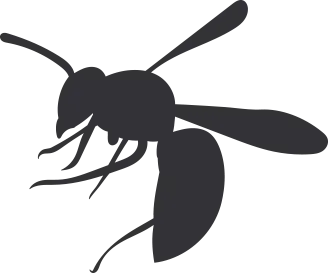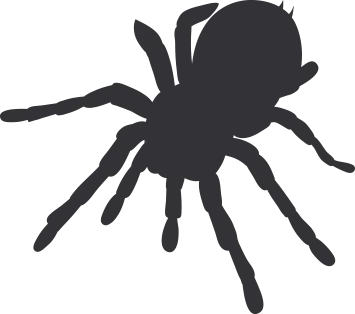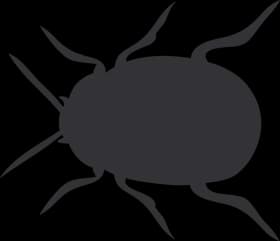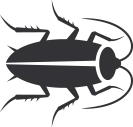Termites
There are over 40 different species of termites in the United States alone. Although they have distinct characteristics, most look similar. They typically measure between 1/4 and 1/2 of an inch long and have soft bodies with straight antennae. The queens and kings are larger, capable of reaching over one inch long. Colors range from white to light brown where worker termites often appear lighter, while swarming termites darker. Flying termites, also called reproductives, have two pairs of prominent wings.
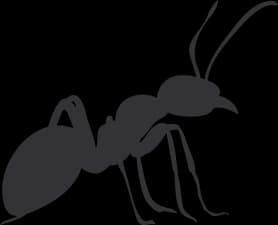 In season:
In season: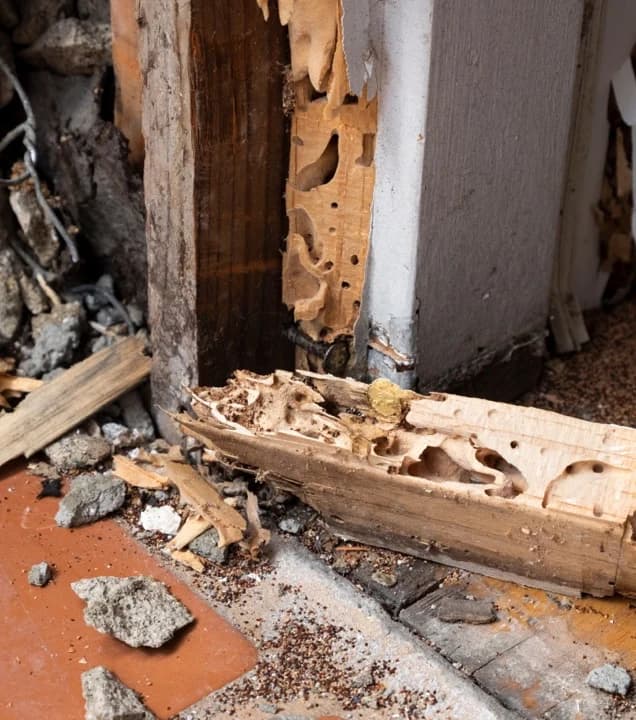
Types of damage:
Termites are notorious for causing various types of damage, wreaking havoc on homes and structures. These tiny pests have a voracious appetite for wood and cellulose-based materials, leading to significant structural issues. Here are some of the types of damage termites can cause:
- Structural Damage: Termites feed on wooden beams, pillars, and other components that support the structure of a building. Over time, their feeding activities can weaken the integrity of these vital elements, compromising the stability of the entire structure.
- Flooring and Subfloor Damage: Termites often target flooring materials, including hardwood, laminate, and even carpeting. They can hollow out wooden floors, leaving them brittle and prone to collapse. Additionally, termites can damage the subfloor, which can lead to costly repairs and replacements.
- Furniture and Wooden Decor: Termites don’t discriminate when it comes to devouring wooden furniture and decorative items. From chairs and tables to cabinets and bookshelves, these pests can cause irreversible damage, reducing valuable pieces to mere hollow shells.
- Door and Window Frames: The frames surrounding doors and windows are also susceptible to termite damage. As termites tunnel through wooden frames, they weaken the stability of these structures, making them less secure and potentially compromising home security.
- Electrical Wiring and Insulation Damage: Termites can even cause damage to electrical wiring and insulation materials. Their gnawing habits can expose wires, increasing the risk of electrical failures and creating potential fire hazards. Likewise, damaged insulation can lead to energy inefficiency and higher utility bills.
Ready to get started?
